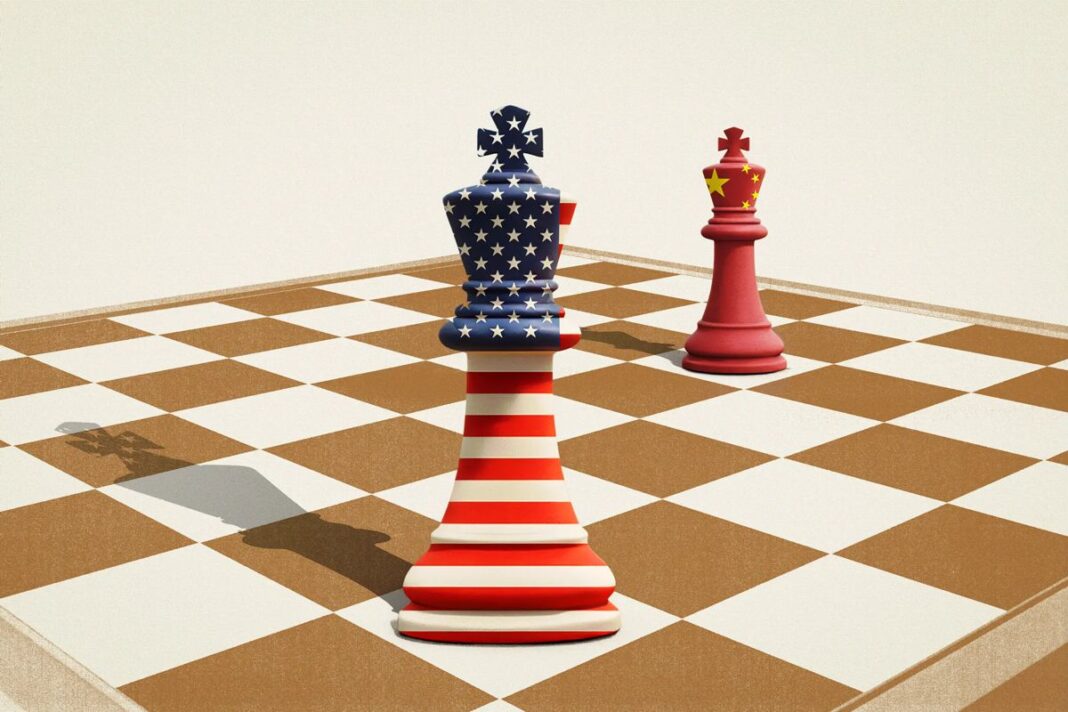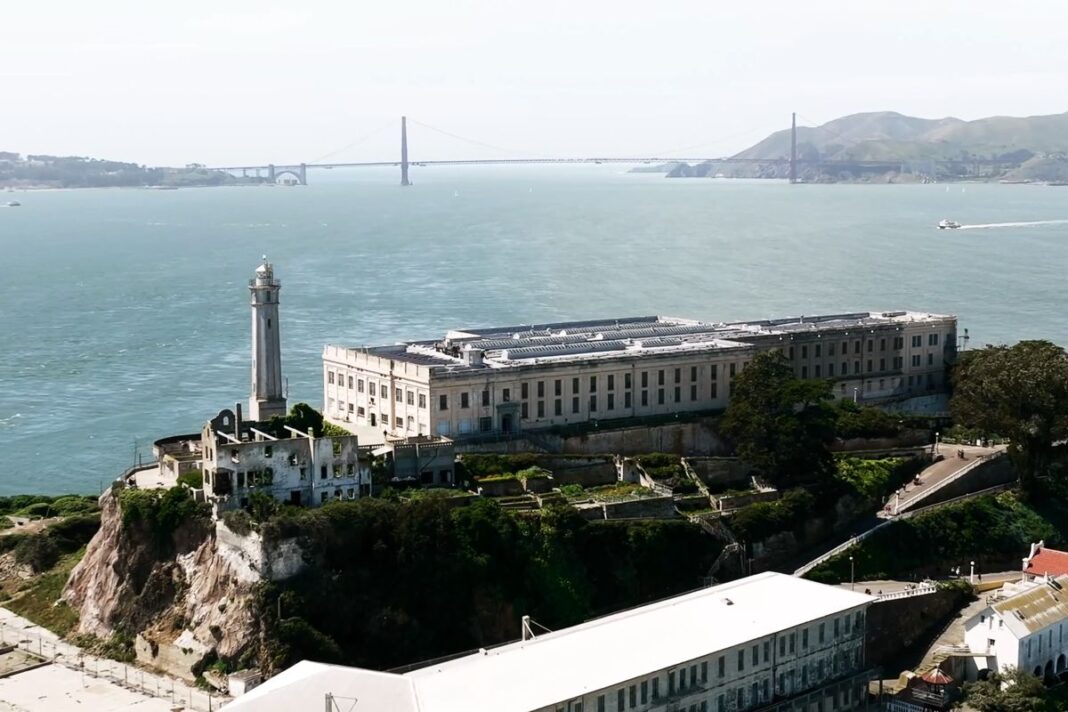Experts say the United States and China are in a ‘Cold-War-style contest’ with a twist: The rivals remain tightly bound by trade and finance.
Analysis
For decades, Washington bet that trade and technology would bind China into a more open, rules-based order. Instead, the world’s two largest powers now clash in nearly every domain—chips and AI, supply chains and technical standards, cyberspace and outer space, ideology and influence—reshaping alliances and the global economy in the process.
Analysts call it a “Cold-War-style contest” with one pivotal twist: The two rivals remain tightly bound by trade and finance. Rather than severing those ties outright, each side is racing to rewire them.
Washington speaks of “de-risking” and “targeted decoupling,” while Beijing erects its own legal, regulatory, and export levers that often stray from global norms. That tug-of-war, experts say, is likely to define the two countries’ relationship well beyond 2027.
How We Got Here
President Richard Nixon’s 1972 trip to Beijing ended decades of hostility and paved the way for full U.S. diplomatic recognition of the People’s Republic of China (PRC) in 1979.
Before that, Washington recognized the government in Taiwan—the Republic of China (ROC)—as the sole legitimate government of China.
The diplomatic shift cleared China’s path into the World Trade Organization (WTO) in 2001, granting broad access to global markets, supercharging export-led growth, and turning the country into a central hub in world supply chains.
Washington assumed deeper integration would nudge Beijing toward a more market-oriented, rules-respecting, and democratic path.
It did not.
China forced technology transfers, lavished subsidies on state champions, blocked foreign competitors, and tolerated widespread intellectual-property theft—all in violation of WTO principles.
The strategy paid off in raw power. China’s nominal GDP jumped from roughly $1.3 trillion in 2001 to about $19.2 trillion in 2025, more than a 14-fold gain.
With that growth came sharper elbows.
Chinese state-backed hacker groups have breached U.S. government agencies, companies, and critical infrastructures, while influence operations reached universities, think tanks, and media outlets, steering policy and public opinion in Beijing’s favor.
Adding to that is a flood of fentanyl precursors from China feeding America’s opioid crisis—what some U.S. officials call a form of “unrestricted warfare.”
By Sean Tseng








